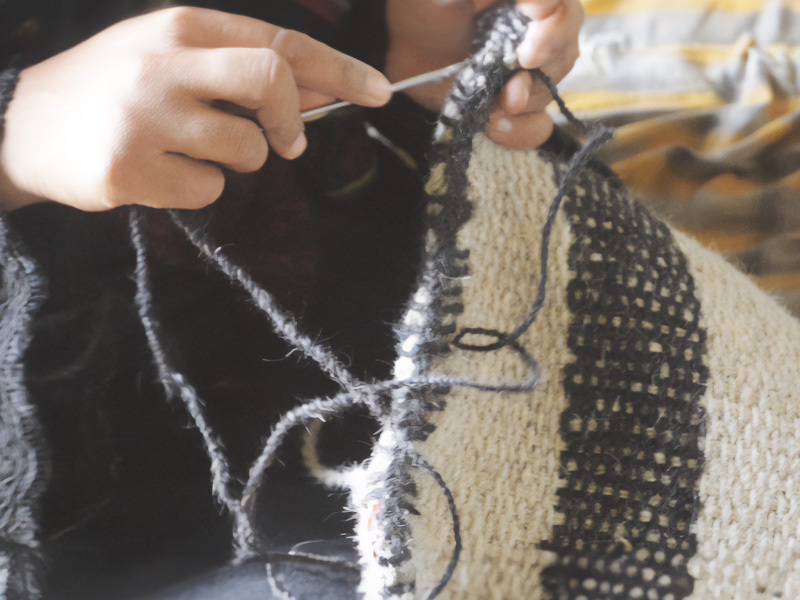Weaving Sheep Hair in North Matamma, Sudan: An Ethnographic Study
Issue 65

Nuha Abdulhafidh Abdulaziz. Sudan
Nada Babakr Mohammed. Sudan
Traditional crafts are one of the folk legacies that are passed down from generation to generation, carrying in their context a great deal of the experience and wisdom of generations. Nevertheless, many of these crafts are threatened by cultural change and extinction due to the rapid development of cultural and historical development of the Sudanese community. Thus, it is becoming increasingly evident that there is an urgent need to document these crafts and showcase their economic, social, cultural, and historic value as well as their depiction of the unique cultural identity of the Sudanese civilization.
This study examines the craft of spinning and weaving sheep's hair in order to shed light on its reality: whether it is in decline or on the rise, the tools and raw materials used by the craftsmen, and its production techniques. The study employs ethnographic fieldwork methods for data collection and deductive reasoning to determine the actuality of these crafts.
One of the findings of the study is that the craft is declining due to the reluctance of young people to learn and inherit it, as well as the introduction of imported goods made from other materials to local markets to supplant the shawl and other hair products. Spinning and weaving sheep's hair is one of the women's crafts that provides supplemental income for the family. As a source of raw material, the craft of sheep hair is associated with the communities of sheepherders, but its products are dispersed among the communities of herdsmen and other societies.
The study produced a number of recommendations, one of which was the necessity of documenting traditional crafts to prevent their extinction. Ethnographic and folklore studies provide archaeologists and researchers with information regarding the development and continuity of the Sudanese civilization. We recommend conducting specialised research and studies on them as a result.







































































